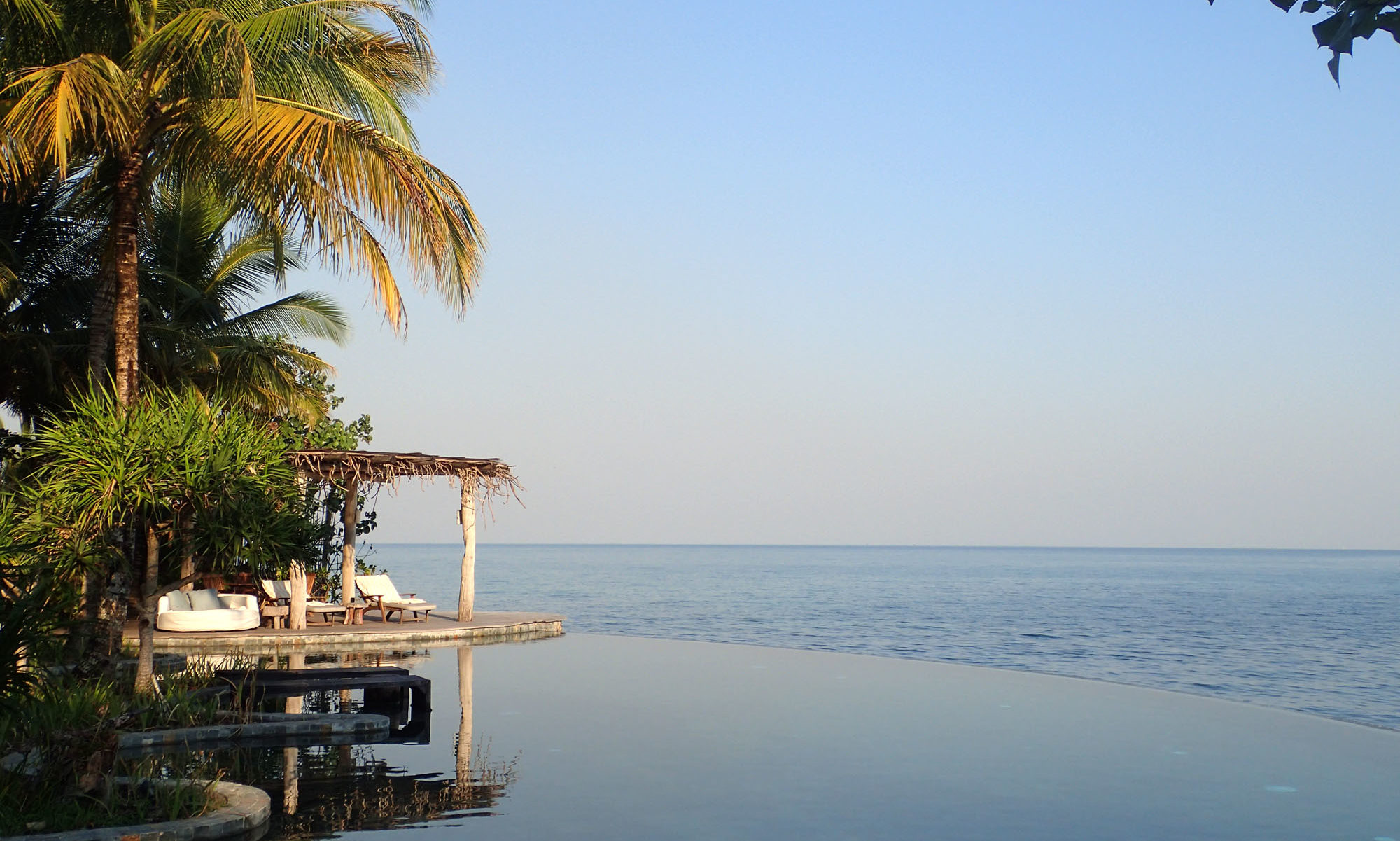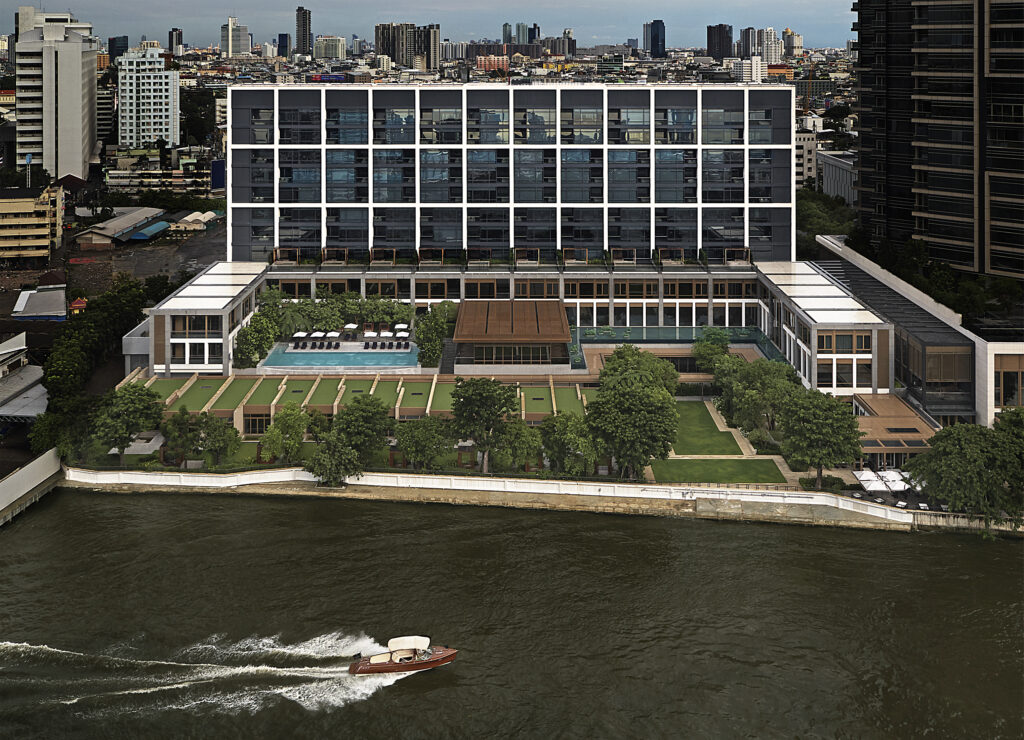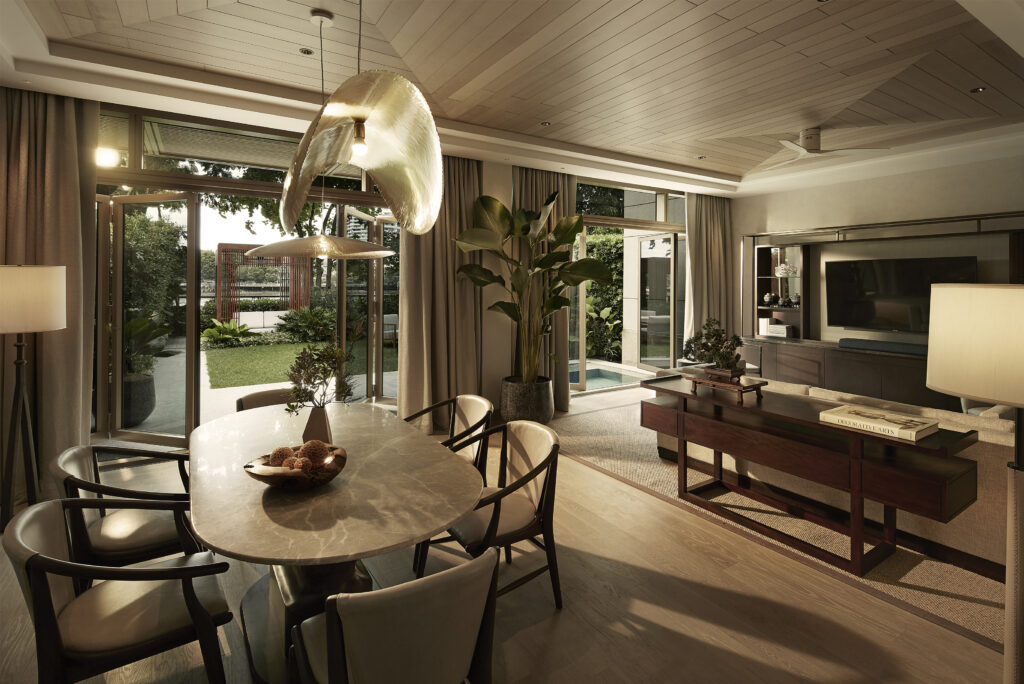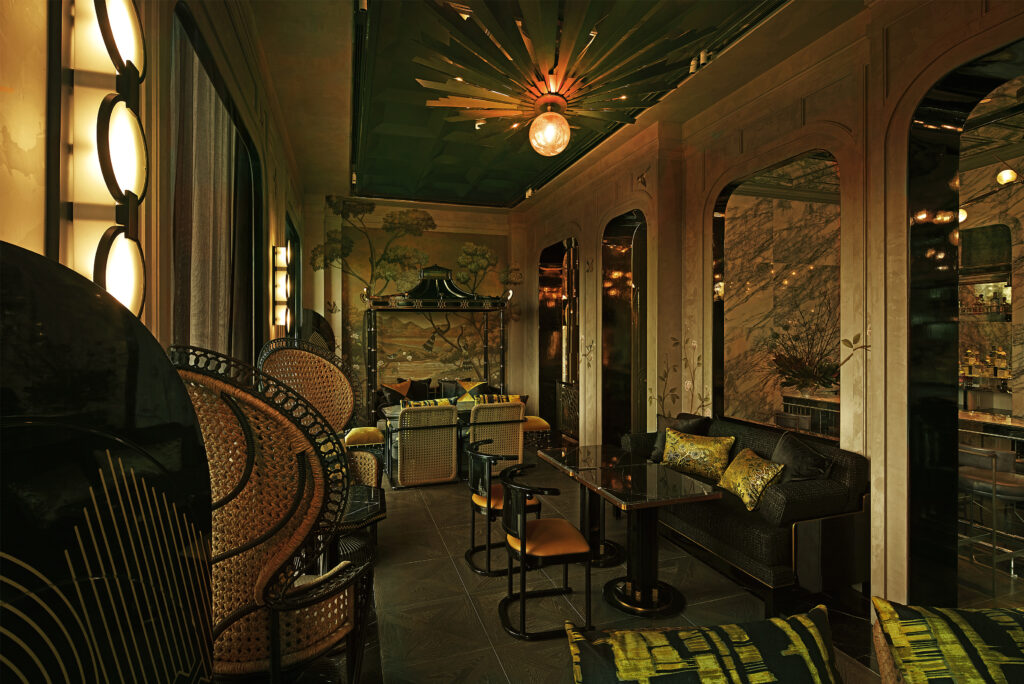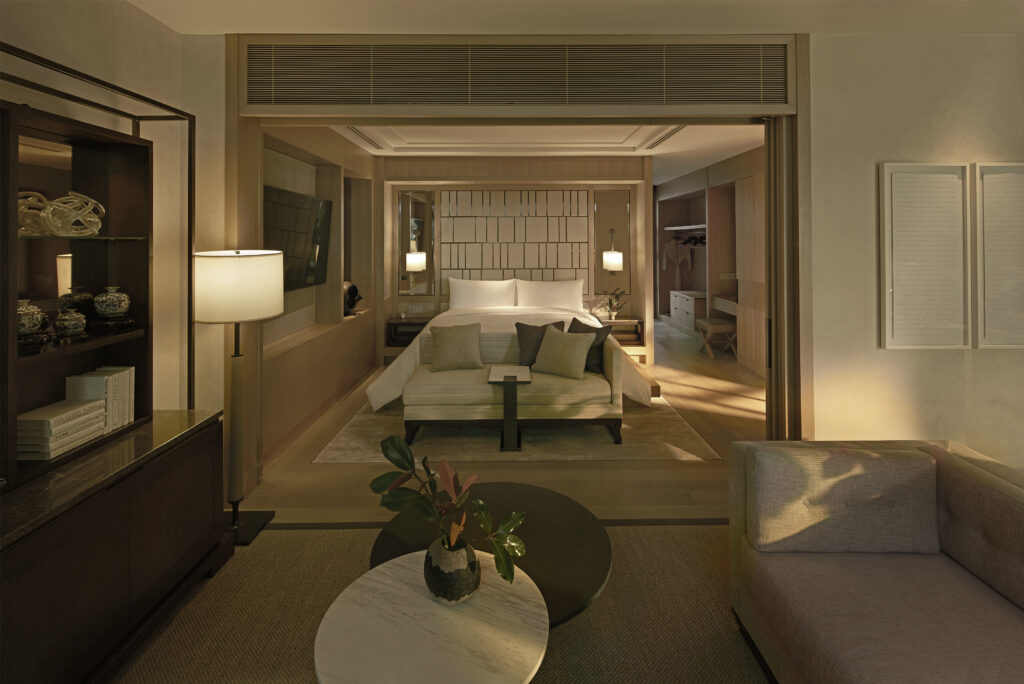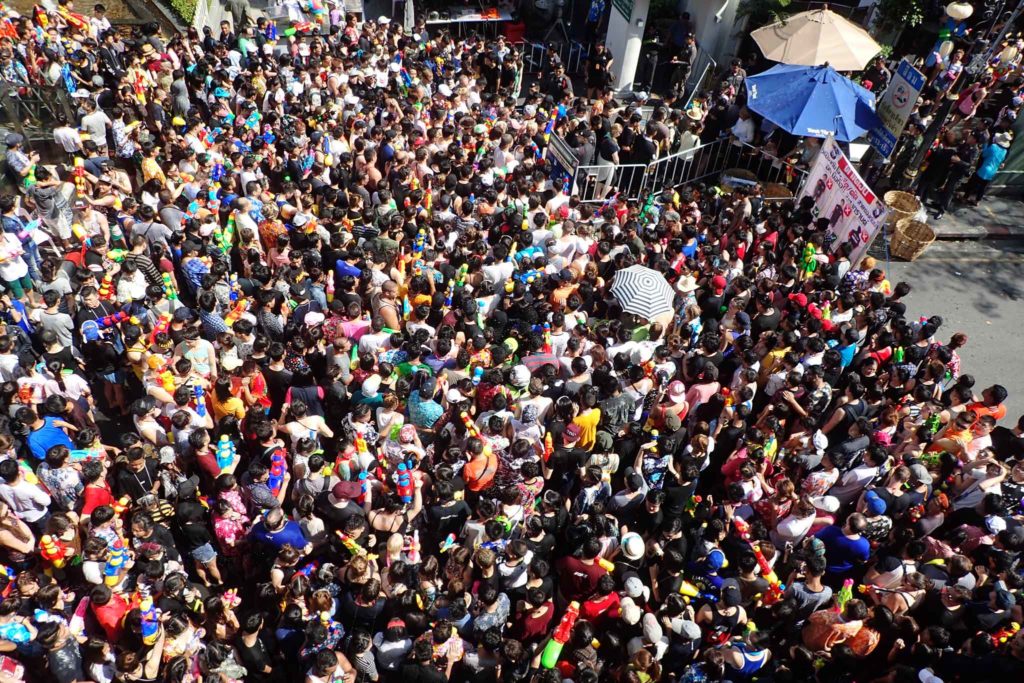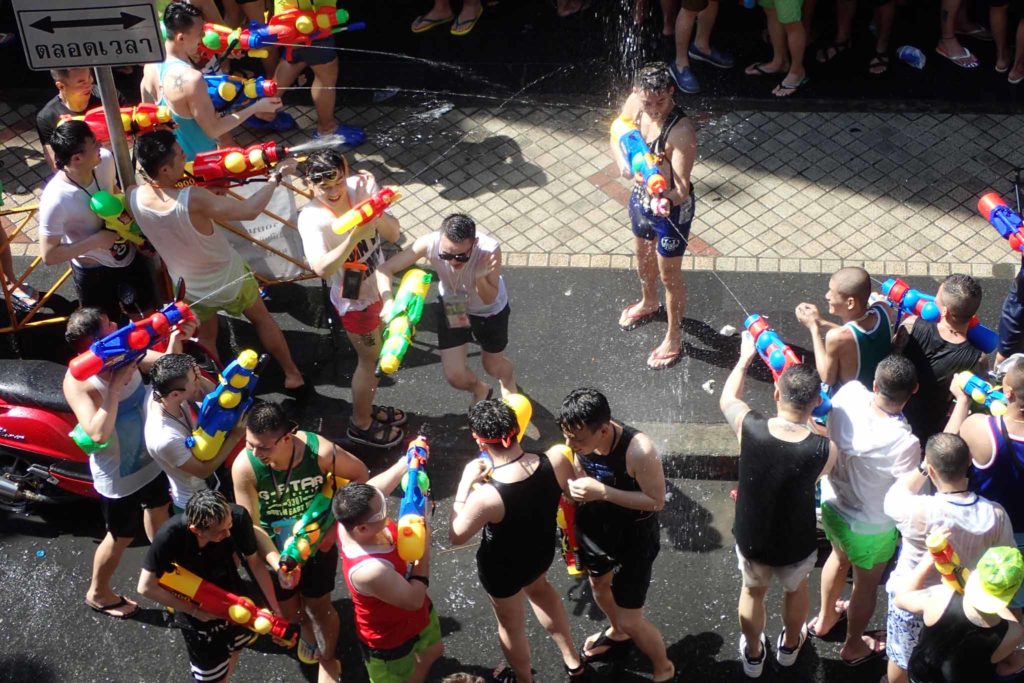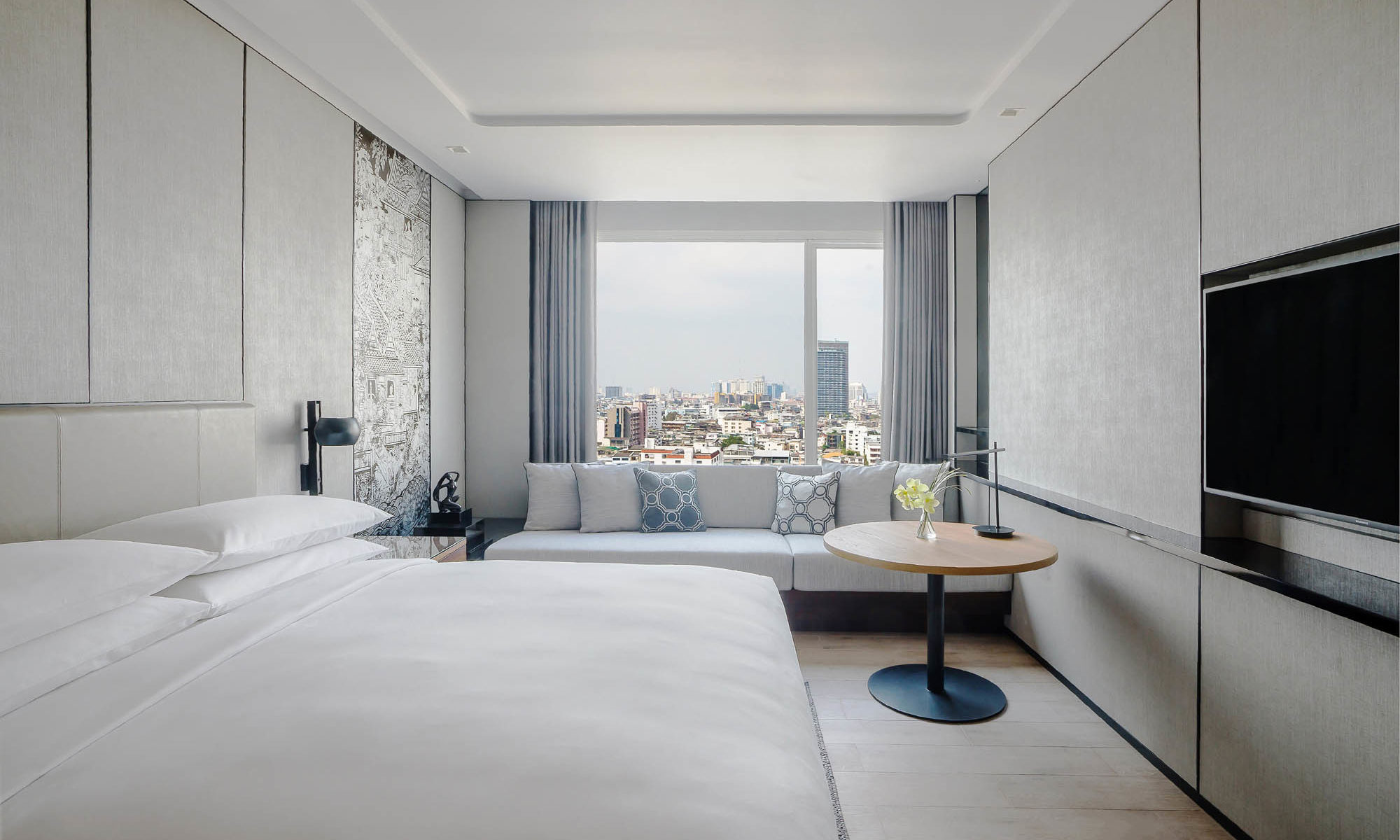Michelin Guide recently released its 2021 list for Bangkok. I’m not convinced.

The list of Michelin-starred Thai restaurants today and…well…I’d like to be more excited.
Don’t get me wrong. I like food. A lot. And good food too.
But of the 28 restaurants in Thailand receiving Michelin stars, nearly two thirds of them only offer degustation menus.
A degustation menu isn’t the end of the world. But in a world of people with specific dietary requirements this is problematic for a start.
I have two close family members who are unable to eat certain ingredients for medical reasons (coeliac disease – actual gluten intolerance – is more than a fad, it’s life-endangering) and generally these are people who can work around an à la carte menu. Chefs will often try to accommodate their dietary requirements with their degustation menus, but it’s hardly welcoming.
Then there are people who are vegetarian, or pescatarian, or whatever, by choice. And these are also people who suffer somewhat with degustation menus.
Whether it’s through good fortune or some other act of God – I don’t know – I’m neither of these. I eat everything. Okay, I definitely draw the line at endangered species, (you can GFYS sharks-fin joints) and I’d be happier to eat food grown sustainably – and that’s a serious challenge in Asia. But I count myself as an omnivore.
I could be okay with “sharing” some chef’s “food journey,” but if it excludes my family and friends, that makes it somewhat difficult.
But there’s another issue, and it’s one I feel is overlooked.
A degustation menu is fine for a one-time visitor like tourists. And as a tourist I’ve visited a number of Michelin-star restaurants – too many to remember – and have been happy enough with their degustation menus.
But I live in Bangkok.
How many times am I likely to visit a restaurant to eat the same thing repeatedly?
The – to my mind insanely – highly rated Gaggan was within walking distance from my home. I used to visit regularly. But then they got rid of the à la carte option. What am I going to do? Go half-a-dozen times a year to eat the same stuff? Nuh uh.
Particularly not after I’d visited enough times to be able to pick the eyes out of the menu.
So it lost my business. Why would I pay extra for the second-rate stuff between the winners?
It’s a strange thing to alienate your regular customers, but there you have it.
Then again, if you get the coveted Michelin star, people will travel to your restaurant, so, hey, regular customers can go screw themselves. Wonder how that’s panning-out in this, our year of COVID restrictions?
Anyway. The arrival of the Michelin guide in Thailand (let’s not even go into how it came to Thailand in the first instance), didn’t improve the fine dining experience for me: it actually made it less good.
So, in the spirit of openness, here are the Michelin star restaurants in Bangkok where as a customer you get to choose what you put in your mouth:
Two-star
Le Normandie: I’ll admit, I’ve never visited. But maybe I will. When I’m in the mood for French fine-dining. Tasting menus and a-la-carte! Vive la choice! Web
One-star
Blue, by Alain Ducasse: A French fine-diner that does both tasting menu options and à la carte. Not cheap! But hey we’re not here for cheap. Of his 74 eponymous restaurants worldwide, I do wonder which kitchen you’re likely to find Alain occupying. That said I’ve had my socks knocked-off by one of them in Paris. Maybe one day I’ll be in the vicinity, and have my mouth right for some haute French fare. At least he’s letting me choose! Web
J’aime by Jean-Michel Lorain. The French, apparently, believe in liberté when it comes to dining. Jean-Michel Lorain lets you choose between set menus and à la carte. Web
Jai Fai. Street food, well, in an authentic old-town restaurant setting. Led by a photogenic and media-friendly septuagenarian, and as it has a Michelin star it’s booked-out months in advance. I’m sure it’s good. Is it that good? I’ll probably never know.
Khao (Ekkamai). Now we’re talking. Thai food done well. And you can choose your own dishes or from the tasting menus. Win! Web
Le Du: Four or six course tasting menus, but it does appear you have some choice. I actually do want to visit, but have to convince my better-half. Web
Mathavalai Sorndaeng: A long-established joint that, to be honest, looks a bit like a wedding venue. Never been on my radar, but may be soon.
Nahm. I’ll admit, I haven’t visited since the David Thompson days, and the last time I got some attitude from the wait staff and every dish tasted overwhelmingly of fish sauce. Neither a great nor cheap evening. And disappointing too, seeing as the first couple of visits blew me away with flavor and texture combinations. With a new chef, maybe it’s time for a revisit. Web
Paste. I really like Paste. Obviously it’s not an everyday choice, but it is my go-to for special occasions. And I’ve done both tasting menus and à la carte. Because I have had that option. Web
Saneh Jaan. Okay, I’ve got to get out more. Saneh Jaan is right near my home. Visiting soon, promise. Web
Sra Bua by Kiin Kiin. I visited Sra Bua a very long time ago, had the set menu (I don’t remember having a choice) and coming away unimpressed. But seeing as it has an à la carte option I’m willing to have another look. Web
Suan Thip. Pretty riverside setting (okay – it does do functions too) and Thai food à la carte. Win. Web
